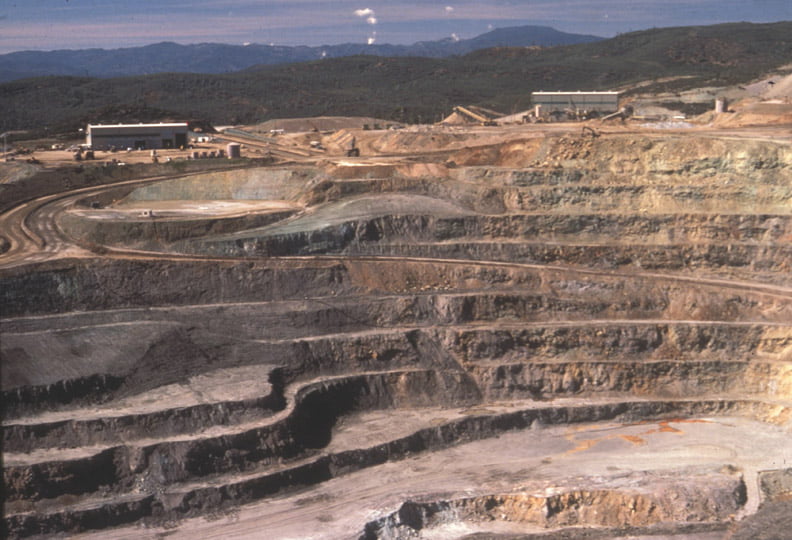

Loading...
One of the unavoidable steps for the next generation of Data Science and Artificial Intelligence technologies applied to mining

One of the unavoidable steps for the next generation of Data Science and Artificial Intelligence technologies applied to mining
Open pit mining involves extracting minerals directly from the ground surface, forming an open pit. This method is practical and cost-effective when the ore is near the surface, and the mine is typically excavated in a series of steps or benches to reach deeper layers of ore.

A key component of open pit mining is scheduling, which involves planning the sequence of mining operations to optimize resource extraction, operational efficiency, and market conditions. Effective scheduling also considers equipment availability, maintenance, and workforce management, balancing immediate targets with long-term production goals.
In order to achieve effective scheduling in open pit mining, it is essential to manage critical constraints such as surface mining enforcement, slope angles for stability, and geometric requirements for structural integrity and equipment assignment. At the same time, balancing production capacities across destinations and controlling excavation rates are essential for optimizing resource use and maintaining productivity. Additionally, adherence to time constraints and maximizing Net Present Value (NPV) are crucial for economic viability and project success.
In summary, when performing scheduling in open pit mining, several constraints are essential to ensure safe and efficient operations. MiningMath offers a diverse range of restrictions to allow the propor modelling and optimization of open pit mining scheduling:
Slope angles: consider slope angles, and adjust surfaces according to slopes, ensuring better stability and safety.
Force mining: define minimum depths, geometries or areas that should be mined at a specific timeframes.
Restrict mining: define minimum depths, geometries or areas that should not be mined at a specific timeframes.
Force and Restrict mining: reach the exact shape of a pit by defining the same surface as Force and Restrict mining at the same timeframe.
Widths and lengths: consider widths and lengths throughout the optimization process, not just during pit design. Enforce minimum horizontal distances: between points on the lowest pit floor, between pits in each period, and between wall surfaces across consecutive mining periods.
Vertical rate of advance: define the maximum vertical distance mined on each period, aligning with the pit depth and equipment available.
Production limits: define tonnage limits for any destination or for any group of destinations in an specific time frame.
Average restrictions: control the average of any quantifiable parameter modeled block by block, such as grade or other variables like haulage distance, and so on.
Sum restrictions: control the sum of any quantifiable parameter modeled block by block, such as tonnages and proportions of rock type and metal production, energy spent during comminution, fleet hours spent to mobilize material, and so on.
Improve the NPV: MiningMath's single-step mining optimization engine simultaneously seeks the best NPV across all considered restrictions, offering a diverse range of solutions.
Complex constraints increase the chance of not finding feasible solutions. However, MiningMath always delivers a solution, even if it cannot satisfy all constraints or needs to sacrifice some NPV for feasibility. When an infeasible solution is detected, the algorithm strategically relaxes less critical constraints, issuing warnings to the user in the report. This adaptive process ensures efficient optimization without compromising runtime.
Windows 64-Bit (x86_64) - 121 MB
Windows 64-Bit (x86_64) - 121 MB
With constant developments since 2013, MiningMath has reached a mature and robust state. We are the first and only single-step mining optimization engine available in the market!
Hi, it's Mima here 😇 Ask me any questions!